Music has taken on a greater significance since the global pandemic started. Many people in self-isolation have turned to music for comfort. Maybe you have discovered a new radio station or playlist because you are now allowed to listen to whatever you want while you work. Or maybe you have just been trying to find new genres of music to add to your playlist, Either way let’s dive in and learn what is Lo Fi music.
One sub-genre of music that has grown in its audience over the last few weeks is Lo-Fi. Viewership of the Lo-Fi music live stream, Nickolaas has shot up since March, but many of these viewers don’t know what Lo-Fi music really is.
What Is Lo-Fi Music?
As the name suggests, Lo-Fi music is the opposite of high-quality, high-fidelity music production behind most mainstream music. Also known as DIY music, this music genre is low quality on purpose – it is a part of Lo-Fi music’s beauty and aesthetics.
The History Of Lo-Fi
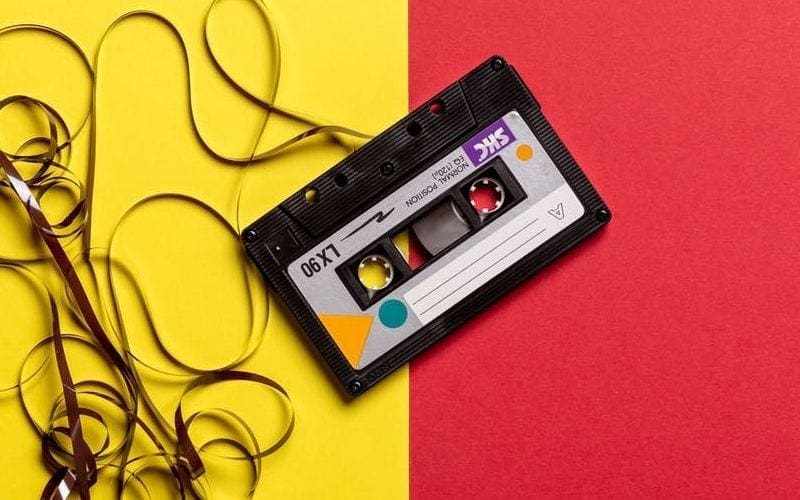
Lo-Fi has become popular over the last 10 years, however, the first tracks were produced in the 90s by a group of underground artists. The genre was formed when this network of musicians started using repurposed drum machines and samplers from the early 20th century because of their mellow sound.
Similar types of music have been around since the 1950s, although it is hard to say whether this influenced the development of Lo-Fi music. Many bands have imitated the style of these albums by using substandard gear and low-quality music recording equipment. The Beach Boys, for example, have produced a few albums that have a DIY feel to them. Many artists including Paul McCartney followed suit and released singles that were produced on portable multitracking equipment.
It is tricky to trace where the name ‘Lo-Fi music’ actually originated from. It is said that the word Lo-Fi was popularized by William Berger, a DJ on the independent radio station WFMU. In his weekly show entitled ‘Low-Fi’, Berger explored home recordings that were produced on low-cost equipment.
Lo-Fi can also be looked at as the quality of production more than a type of music. Instruments used are usually considered to have imperfections. They are of low recording and production quality compared to other instruments. However, artists’ deliberate use of such instruments and elements has created a new sound.
Why Lo-Fi?
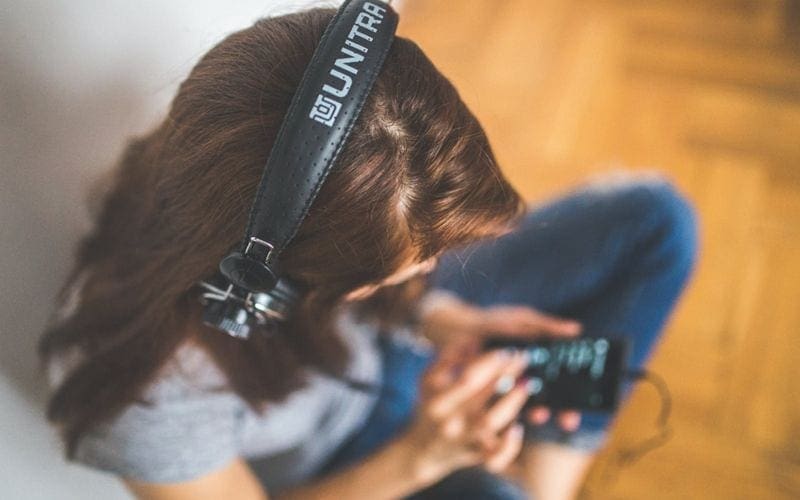
The audience for Lo-Fi music has shifted and grown over the last few years. It has developed from aural tinkerers on SoundCloud and Tumblr to hundreds of thousands of Spotify and Youtube listeners. Once the type of music you may hear in an elevator or small coffee shop, now Lo-Fi tracks are on many established playlists. It has also grown in popularity, along with pop cultures’ renewed fascination in old school rap and hip-hop that samples jazz and other popular genres that came before.
Lo-Fi Hip-Hop especially has gained a large amount of attention over the last few years. Many playlists have been created on numerous music platforms tagged as ‘chilled’, ‘mellow’ and ‘relaxed’. Artists and listeners alike say the unobtrusiveness of Lo-Fi music makes it great to listen to while studying, relaxing or working. If you need beats to relax too – this is the perfect genre for you.
Research has suggested that certain types of music help focus, and Lo-Fi is the perfect genre for this. Most of the songs do not have lyrics, so you won’t get distracted by vocals with this music in the background. Think about a workout playlist. The fast-tempo, upbeat songs are meant to put you in an energetic mood to help you to remain active. The slower tempo featured in this music does the opposite. This genre is good for those looking for music to help them relax or feel less anxious.
Examples Of Lo-Fi Music
What Is Lo Fi ASMR
Lo-fi ASMR is a type of Autonomous Sensory Meridian Response (ASMR) that uses low-fidelity audio to create a calming and soothing atmosphere. It typically involves the use of low-quality recordings of ambient sounds, such as white noise, rain, and other environmental sounds. The purpose of lo-fi ASMR is to induce a feeling of relaxation and tranquility in the listener.
A question people tend to also ask is “What is Lo Fi Hip Hop?” Lo-Fi Hip-Hop is considered an ‘alternative’ genre of music, with many songs sounding very undifferentiated. But anybody who has been following these beats for a while will have a favorite artist of the genre. We have listed a few artists below who are behind some of the most listened-to Lo-Fi tracks around.
Bishop Nehru

Bishop Nehru is the protégé of rap genius MF DOOM and is an icon in the making. Nehru first started making jazz songs and hip-hop instrumentals at the tender age of 12. By the age of 16, he released his debut mixtape ‘Nehruvia’. This included production from icons such as Madlib, DJ Premier, and MF DOOM himself.
Rejjie Snow

Whether it be simple laid-back instrumentals or tracks that perfectly echo the world of bedroom pop, Rejjie Snow is an artist devoted to making music without any strict genre or limitations. This Irish artist released his first EP in 2013. Since then, he has worked on numerous projects which show his skills and complex nature as an artist.
Chester Watson

A teenager from Florida, Chester Watson has gained much praise and much-deserved comparisons to Earl Sweatshirt, Madlib, and MF DOOM. Having a brief listen to his first EP released in 2016 will help you to understand the comparisons. However, his music is unique to his own style.
Swarvy
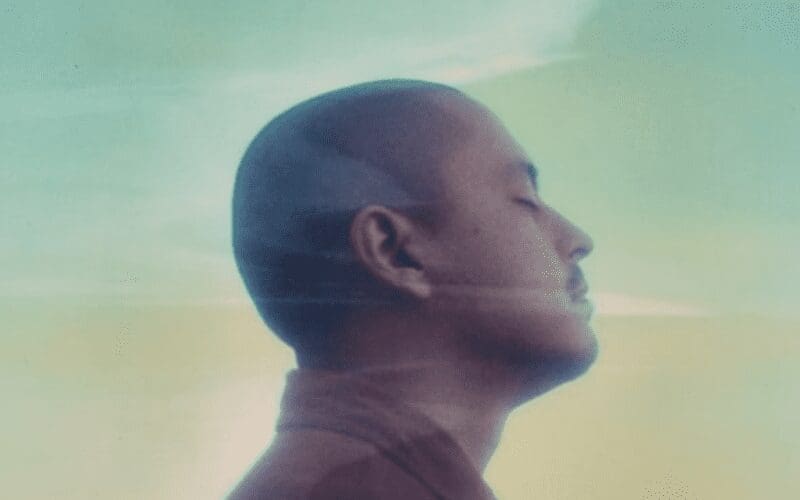
If you said that Swarvy produced some of the interim music heard on Adult Swim, we would believe you. Through his numerous projects, this Los Angeles instrumentalist and producer has established himself as a pivotal producer for the new wave of hip-hop artists. He has also partnered with other Lo-Fi rap artists such as Loji in a bid to bring this sub-genre to the surface of mainstream music.
Another great thing about this type of music is that it can be universally appreciated. Most songs do not have lyrics, so nothing will ever get lost in translation. Below are a few tracks we have picked from popular playlists on Spotify.
- Autumn 96, Shuko
- Night 1, Ta-Ku
- Stay and Wonder, Tom Doolie
- Mindfulness, C Y G N
- Raw Quartet, FloFilz
- I’m Sorry, Yasper
- Every Night, Zmeyev
Lo-Fi YouTube playlists, Youtube videos, and live streams such as Quarantine Vibe are also good listens to get you in the zone. Playlists for this genre can also be found across various music streaming platforms.
How To Produce Lo-Fi Music
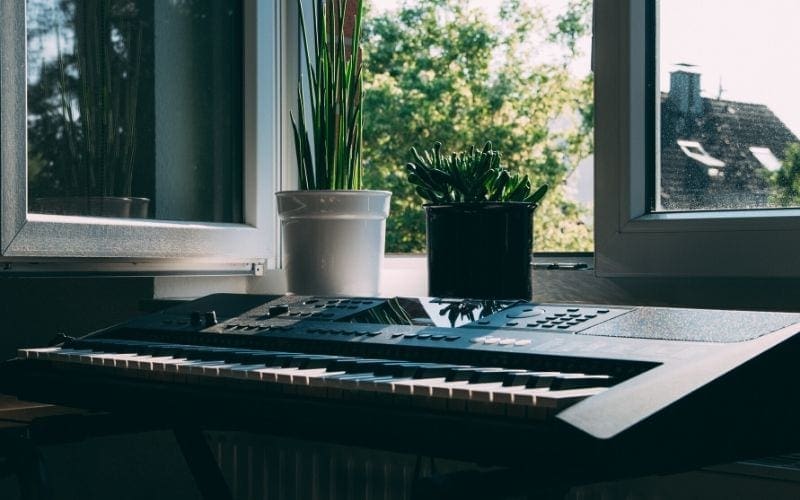
The key characteristic of most Lo-Fi tracks is imperfections that arise while recording music. This music may also seem unprofessional and overly simplistic, but again, this is the beauty of this sub-genre. In his 2013 guide titled ‘Practical Recording Techniques’, Bruce Bartlett states, “Lo-Fi sounds might have a narrow frequency response (a thin, cheap sound), and might include noise such as hiss or record scratches.”
If you want to try, we have broken down the process of making and producing a Lo-Fi track. Check out our Guide to Music Production to help with the basics.
Chords & Melody
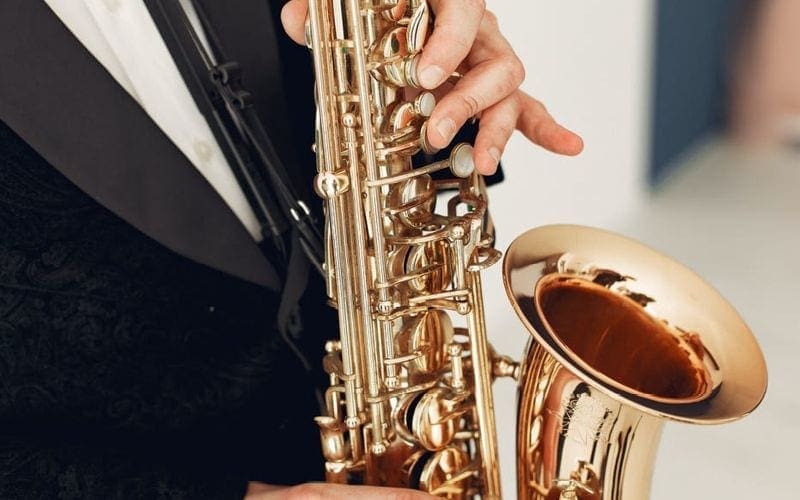
Another great thing about Lo-Fi music is that it is almost as easy to produce as it is to listen to. Hardly any of these tracks include lyrics unless it is a sample. So, you won’t have to stress about finding the right words to accompany your music.
Many Lo-Fi tracks start off using samples of chords and melodies from old funk, soul, jazz songs and 80s and 90s Hip-Hop. You can write your own – but do keep in mind that many instruments and production software may produce music that is of a higher quality compared to Lo-Fi music.
Once you have found the chord to sample or created the right chords for your track, create a new clip on your workstation and pencil in some 4-bar chords. After you are done freezing and flattening the audio, you can now use the chord progression like an audio. This is your time to get really creative with augmentation and effects to create the song.
Now, it is time to chop and slice the audio to add in a drum rack or other percussion sounds. You can also change the pitch and tone of your track to see what sounds best.
Drumbeat

Drumbeats are an important part of most songs produced in modern music. However, in this type of music, it is not just the drum samples. Dusty and scratchy sounding drums are a key element of the genre. Therefore, searching through old samples again is a good starting point to find a drumbeat for your track.
When listening to samples, look for a kick, hat, and snare that shares similar sounds. These will usually contain background noise, lots of compression/saturation, and less high-end aesthetics. Splice Sounds offer many drum samples that you can edit to make the samples a more nostalgic feel.
In most Lo-Fi songs, the kick and snare are close together and usually, the second kick is on the offbeat. Most of the songs listed above feature this pattern but try experimenting with others to come up with something truly unique.
Including an open hi-hat on the last beat creates a sense of continuation. So, feel free to switch up the instruments used for the scratchy sounding drumbeat.
Catchy Bassline
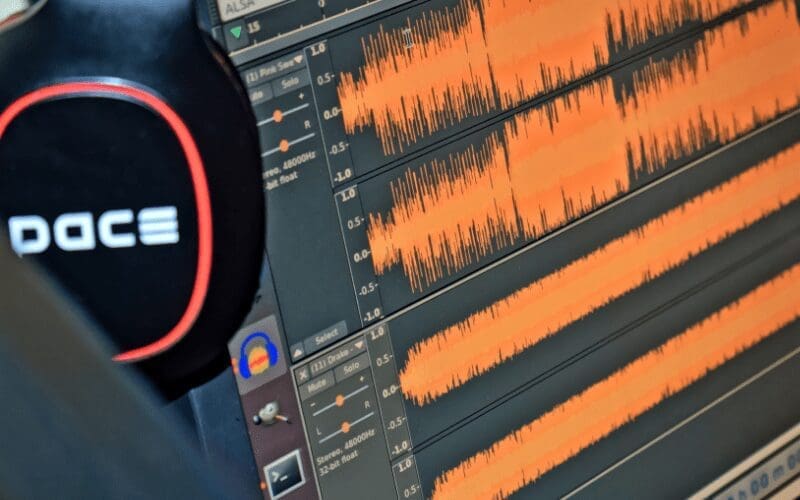
Although the bass in most Lo-Fi songs is quite relaxed, it can still be very interesting in pattern and tone. For Lo-Fi music, bass sounds that focus on the lower end work best. Then, you can make the sound more interesting by adding saturation or distortion to it.
To make the actual bassline, go back to your chord progression and create a rhythm based on this. Your chords should only be used as a starting for your bassline. You can go beyond this rhythm by moving around the notes or even adding in extra rhythmic alterations.
Create Effects

Another key element heard in most Lo-Fi songs is a vinyl crackle to add to the dusty, classic aesthetic. For this part of the track, you can either use a sample or use foley to create the scratchy effect.
Apart from the vinyl sounds or sounds of cassette tapes playing, there aren’t many rules about special effects in Lo-Fi music. Do keep with the whole classic aesthetic though, as modern effects shouldn’t really be used.
Chimes, foley, sweeps, background percussion and pretty much anything else that is mellow sounding can be added in. Voices or samples of vocals from a speech (often from old movies) can also be included in your track to create that certain vibe. Processing vocals with EQ, distortion and other effects can create some unique sounds. Make sure that the sample you choose blends with the rest of the song in a cohesive way.
Mixing & Mastering

The mixing and mastering process in Lo-Fi music is minimal. The bass of most Lo-Fi tracks is set pretty loud to give the track a solid foundation. If you are struggling to find inspiration on how to produce a Lo-fi track maybe this video below will help.
Where Can I Hear Lo-Fi Music?

Most Lo-Fi artists and tracks still live in the realm of ‘underground’ music. Safe to say, you probably won’t be hearing this laid-back subculture of music on the radio any time soon. There are, however, many live streams and online radio stations dedicated to Lo-Fi. Websites such as Chillpop and Chilledcow are just a few examples of Lo-Fi radio streams. The market for Lo-Fi music isn’t saturated just yet, so maybe you could create your own Lo-Fi live stream and see where it goes.
Conclusion & Advice
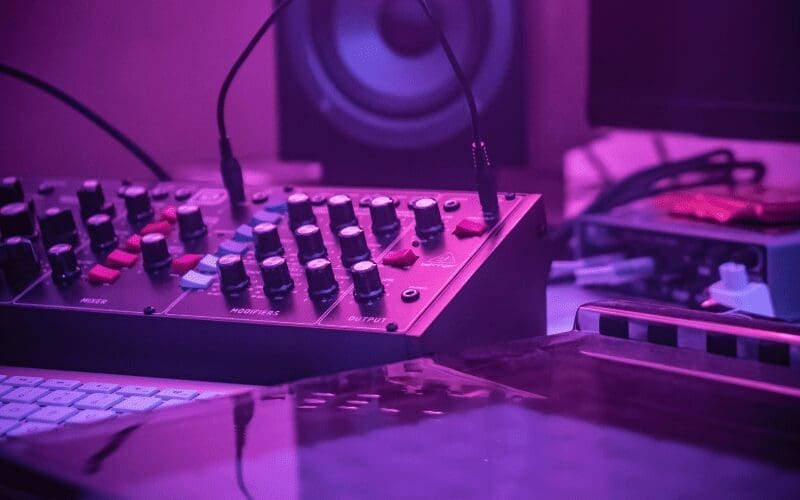
Thinking of creating Lo-Fi tracks? Although there are some elements that tracks need to be deemed Lo-Fi, there isn’t much complexity to it. There are even Lo-Fi playlists spliced together with quotes from Bojack Horseman and Rick and Morty.
The sub-genre itself is also very loosely defined – but maybe in the future this genre will be better categorized. You could invent a Lo-Fi sub-genre, or be the artist that redefines the scene and brings it to mainstream media! Lo-Fi music has often been referred to as meaningless elevator music, however, the rise in popularity is changing this. So, why not be a part of the network that is changing the image of Lo-Fi?
Another good thing about the obscurity of this genre is that you can be as creative as you want when producing Lo-Fi tracks. Why not blur the already distorted lines between this genre and others? Don’t be afraid to experiment and get creative!
Why not read up on some of our other articles aimed at helping independent artists grow their careers? Chord Music Theory 101, What Is A Drone In Music? and How To Be Original In Music should all be right up your street!
Are You An Artist?
If you have songs that you want to share with the world – we want to help boost your career and get them noticed. Including promoting your music and improving your streaming presence!
Additionally, check out our sync opportunities page to get your music in TV and Film. Try it out for free today by signing up.











